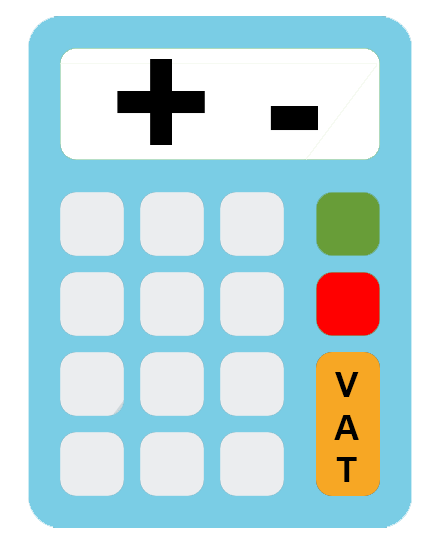Understanding UK VAT
UK VAT Key Updates and Implications for Businesses
Value Added Tax (VAT) is a cornerstone of the UK tax system, impacting businesses and consumers alike. As businesses adapt to an ever-changing economic landscape, understanding the latest updates and implications of VAT regulations is crucial. In this article, we delve into the essentials of UK VAT, recent developments, and what they mean for businesses across the nation.
What is VAT?
VAT is a consumption tax levied on the value added to goods and services. Businesses charge VAT on their sales and pay VAT on their purchases, with the difference being remitted to HMRC. In the UK, the standard VAT rate is 20%, with reduced rates of 5% and 0% applying to certain goods and services, such as domestic energy and food staples.
1. Changes to the VAT Threshold
The VAT registration threshold remains at £85,000, meaning businesses with annual taxable turnover above this level must register for VAT. However, businesses operating close to this threshold should regularly monitor their turnover to avoid unintentional non-compliance.
2. Post-Brexit VAT Adjustments
The UK’s departure from the European Union has introduced significant VAT changes for businesses trading internationally. These include:
- Import VAT: Businesses importing goods into the UK must account for import VAT at the point of entry.
- EU Transactions: The EU VAT rules no longer apply, requiring UK businesses to manage VAT registration and compliance for each EU country they trade with.
3. The VAT Penalty System
In January 2023, HMRC introduced a revised penalty system for late VAT returns and payments. Businesses now face a points-based system where repeated late submissions accrue penalties. This emphasizes the importance of timely compliance.
4. Digital Tax Administration
Making Tax Digital (MTD) is now mandatory for all VAT-registered businesses. This initiative requires businesses to keep digital records and submit VAT returns via MTD-compatible software.
Implications for Businesses
Enhanced Record-Keeping
The shift to digital tax administration demands greater accuracy and organization in financial records. Businesses must invest in reliable accounting software and ensure their staff are trained to use it effectively.
Cost Management
Post-Brexit VAT changes have added complexity to cross-border trade. Businesses must account for additional administrative and financial burdens, such as managing import/export VAT and understanding country-specific regulations.
Compliance is Key
With HMRC’s stringent penalty regime, businesses cannot afford to overlook VAT compliance. Regularly reviewing VAT processes, conducting internal audits, and seeking expert advice can mitigate risks.
Tips for Navigating VAT Challenges
- Stay Informed: Regularly review updates from HMRC to stay ahead of regulatory changes.
- Invest in Technology: Use MTD-compatible software to streamline VAT record-keeping and submissions.
- Seek Professional Advice: Consult with tax experts to ensure compliance and optimize VAT recovery.
- Plan for Growth: If your business turnover is nearing the VAT threshold, prepare for registration and the associated responsibilities.
